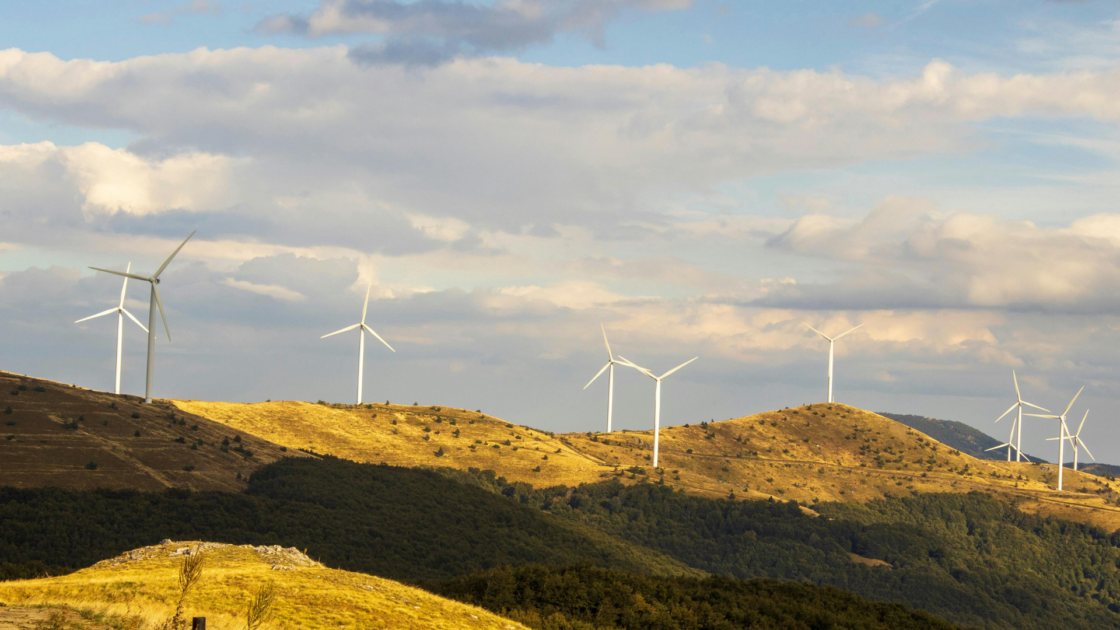
The entire world is grappling with geopolitical uncertainty due to the prolonged war between Russia and Ukraine, the tussle for economic power between the USA and China, and the conflict between Israel and Hamas.
This is resulting in increased inflation, demand uncertainty, disrupted supply chains, and rising unemployment. Amid all this, one sector has become a core concern—electricity. The world has adopted a combination of conventional and renewable energy (RE) sources in its electricity systems based on capacity, demand, suitability, and affordability.
Under RE, solar energy is outpacing installation across the world, and wind energy is not far behind. As per the Global Wind Energy Council (GWEC), the wind sector (including onshore and offshore) reached 1 TW (terawatt = 10⁹ watts) in 2023 and is expected to double to 2 TW in the next seven years. Thus, solar and wind are leading their own race to power the world through a cleaner route.
Like any race, the wind sector faces challenges. Key global trends will play a decisive role in shaping the future of wind energy.
Three key trends
Several trends are emerging across technological, political, tariff, and policy fronts. However, the following three trends offer insights into the future of wind energy.
1. Increased protectionist measures and supply chain woes
After the US election and Donald Trump’s victory, his administration began imposing tariffs on imports. A 25% additional tariff was placed on imports from Canada and Mexico, along with a 10% additional tariff on Chinese imports (Wood Mackenzie).
Now the real question arises—can the USA afford these protectionist measures? The answer is a big NO.
We live in a globalized world with highly interlinked supply chains. For instance, a wind turbine’s nacelle consists of around 1,000 components and sub-components, sourced from suppliers across multiple countries. Electrical components like gearboxes are primarily manufactured in China and India, while cast and forged equipment like nacelle covers are predominantly produced in China. Other electrical components, including generators, pitch systems, and alternators, are manufactured in China and the European Union (EU).
This supply chain complexity applies to the USA as well. A significant share (~40%) of wind equipment imports to the USA comes from Mexico, China, and Canada. As Trump imposes import tariffs on these countries, turbine prices are bound to rise. This adds to the existing inflationary pressure already affecting suppliers and RE developers due to supply chain disruptions such as delays caused by the Red Sea crisis. The overall price of wind turbines is expected to increase by 10%, with capital expenditure (capex) rising by 7% (Wood Mackenzie).
Thus, the rising cost of wind turbines will likely be reflected in the increased levelized cost of electricity (LCOE).
2. Wind turbine manufacturers (OEMs) are prioritizing profitability
Globally (excluding India), wind turbine manufacturers (OEMs) fall into two broad categories: Western and Chinese players. Western OEMs include Vestas, SGRE, GE, and Nordex, while Chinese players include Envision, Windey, Goldwind, and MingYang.
Western OEMs are struggling with profitability, with most operating at a loss. Vestas is an exception, having turned profitable this year after years of financial struggles. Due to financial pressures, many Western OEMs are limiting their market reach, retracting from emerging economies like India, and focusing primarily on the EU and USA markets.
They are also cutting back on capital expenditures, leading to fewer new factories, workforce reductions, and a slower rate of new wind turbine introductions.
In contrast, Chinese OEMs are expanding into international markets such as Australia, Africa, and Eastern Europe. They are also entering the American continent via Brazil. For instance, Goldwind has opened a factory in Brazil and already has 1.5 GW of wind power projects in operation or under construction in the country.
This trend suggests that, except in developed economies like the USA and the EU, Chinese-made turbines will dominate emerging markets. Given that Chinese turbines cost about one-third of their Western counterparts (USD 1 million per MW), this is expected to lower tariffs and reduce the LCOE of wind power wherever Chinese turbines are deployed.
Thus, a varied range of capex, wind turbine prices, and LCOE levels will be observed worldwide.
3. Uneven adoption of clean energy
The world appears divided into two groups—one that is pro-renewable and one that is cautious about RE adoption. Germany and China belong to the former, while countries like the USA fall into the latter. Developing nations such as India are taking a balanced approach, continuing to build coal-based plants alongside aggressive RE expansion. India has advocated for a phase-down of coal instead of a phase-out, recognizing the need for a pragmatic mix of conventional and renewable energy sources.
This suggests that while some regions will continue strong RE growth, others will experience muted demand.
Strategy for survival
The wind sector is experiencing upheaval and diverse trends across global markets. To withstand these challenges, interventions are needed from private players, fund managers, regulators, and governments.
Enhanced domestic production
To shield themselves from geopolitical crises, countries need to increase local manufacturing. This requires collaboration between private players and governments. Governments need to ensure ease of doing business, better access to credit, robust infrastructure, efficient logistics, and a skilled workforce to attract private investment.
The Indian government is trying to set a target for localization. However, it needs to be accompanied by policy initiatives like the Production Linked Incentive (PLI) for onshore wind equipment manufacturing.
Large-scale R&D investments
Developing in-house technology enhances self-sufficiency. Stronger collaboration between universities and industries can drive innovation. Establishing dedicated R&D centres will support testing, technology design, and verification.
Conclusion
Despite challenges, the wind energy sector is on track for expansion, driven by the global shift toward clean energy. The actions taken today will determine how resilient and sustainable wind energy will be in the future. Keeping track of these evolving trends will be essential.
About the Author: Vimanyu G Sahu has over seven years of experience in the energy sector, including two years in wind manufacturing and five years in power sector consulting. His expertise spans renewables, distribution companies (DISCOMs), and generation companies (Gencos). A non-fiction enthusiast and writer, he shares insights through his LinkedIn newsletter, Vimanyu Voice, covering book reviews, wind energy trends, and emerging technologies.
Featured photograph is for representation only
